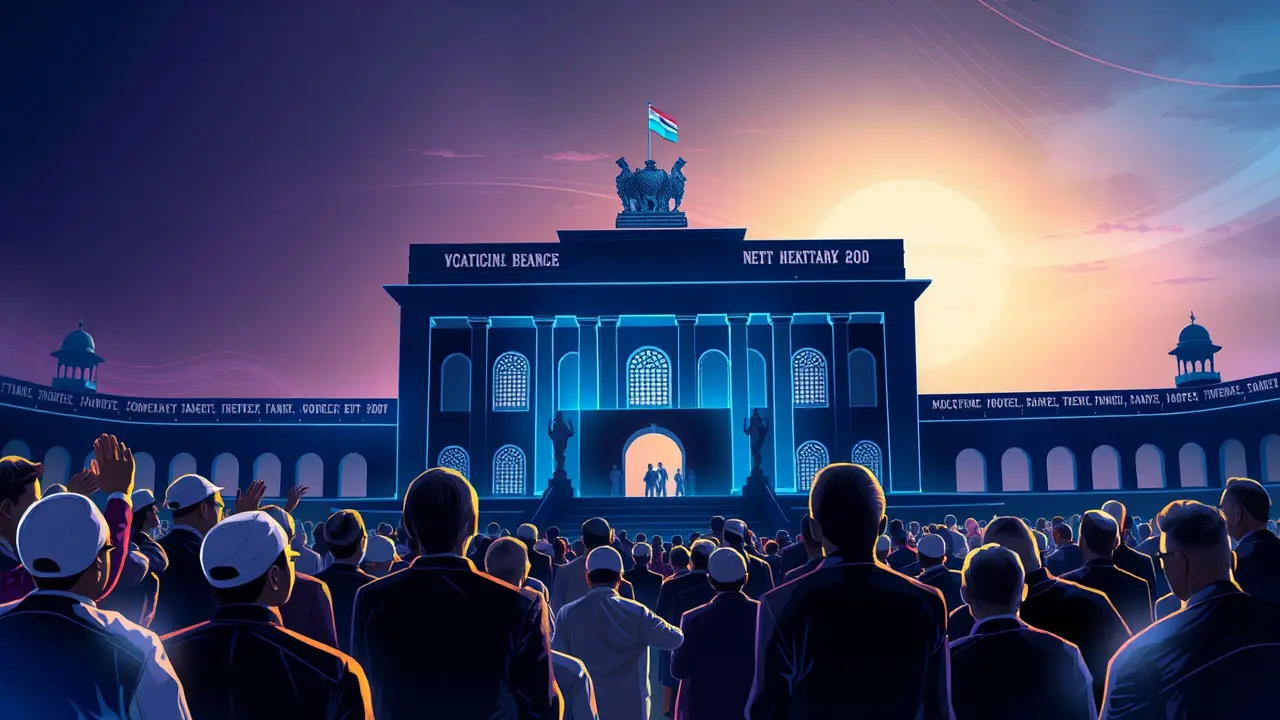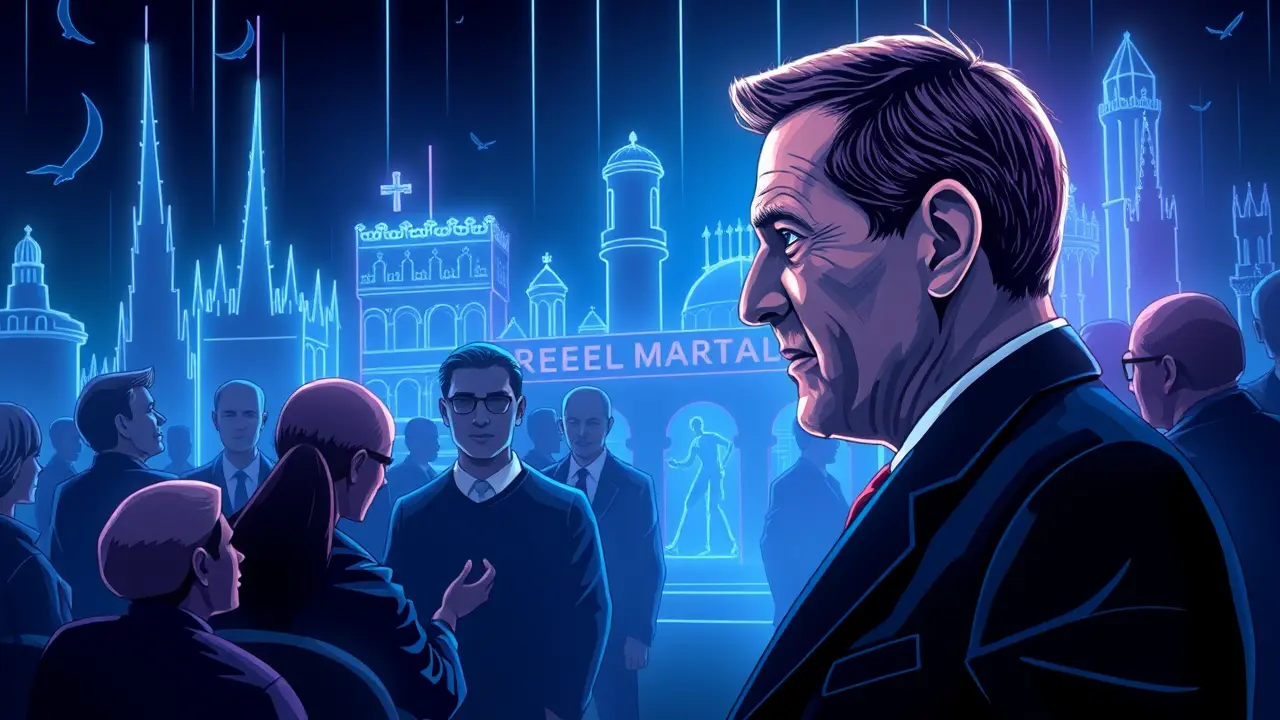
Politicsgovernments & cabinetsPolicy Agendas
Reexamining Germany's Post-WWII Economic Miracle
RO
Robert Hayes
1 week ago7 min read
The narrative of West Germany's Wirtschaftswunder, that phoenix-like ascent from the smoldering ruins of 1945, stands as one of the foundational parables of the post-war era, a testament to resilience and free-market principles. Yet, two provocative new volumes are now challenging this very cornerstone, compelling a profound reexamination of why a nation, so decisively defeated in two global conflagrations, achieved such staggering economic vitality after the second but languished after the first.The conventional wisdom, polished over decades, credits Ludwig Erhard’s currency reform and the social market economy with unleashing a dormant industrial prowess. However, these texts posit a far more complex and contingent reality, one where geopolitical strategy and the nascent Cold War were the true architects of the miracle.Following the Great War, the Treaty of Versailles imposed crippling reparations and territorial losses, fostering a political and economic environment ripe for the revanchism and hyperinflation that would ultimately cripple the Weimar Republic. The aftermath of 1945 presented a superficially similar tableau of utter devastation, with cities flattened, industry dismantled, and a population grappling with collective guilt and dire scarcity.But the critical divergence lay not in German policy alone, but in the shifting calculus of the victorious powers. The Marshall Plan, while symbolically significant, provided less capital than initially believed; its true impact was psychological, signaling American commitment to European stabilization.More pivotal was the Truman administration's strategic decision to rehabilitate, rather than relentlessly punish, West Germany as a vital bulwark against Soviet expansionism. This geopolitical imperative led to the cessation of further industrial dismantling, the integration of the Federal Republic into the nascent Bretton Woods system, and, crucially, the forgiveness of a substantial portion of its pre-war debt through the 1953 London Agreement—a stark contrast to the vindictive financial burdens of the 1920s.Furthermore, the influx of skilled expellees from Eastern Europe and the latent industrial expertise of a population ready to rebuild, unburdened by the militaristic ambitions of the past, created a potent human capital reservoir. The Korean War boom provided an unexpected and massive stimulus, as demand for German steel, machinery, and chemicals skyrocketed.Analysts argue that this confluence of external factors—the bipolar world order, American security guarantees, and favorable global economic tailwinds—created a unique scaffolding upon which Erhard’s policies could effectively operate. The lesson, these books suggest, is that national economic miracles are rarely purely domestic affairs; they are often the product of a fragile and fleeting alignment of international circumstances, a lesson with profound implications for understanding development and reconstruction in our own tumultuous century. The German experience post-WWII was less a spontaneous miracle and more a carefully, if sometimes inadvertently, engineered recovery, born from the ashes of conflict and the icy logic of a new Cold War reality.
#editorial picks news
#Germany
#economic history
#post-war recovery
#Wirtschaftswunder
#World War II
#economic policy
#historical analysis
Stay Informed. Act Smarter.
Get weekly highlights, major headlines, and expert insights — then put your knowledge to work in our live prediction markets.
Related News
© 2025 Outpoll Service LTD. All rights reserved.








